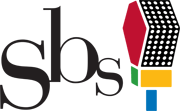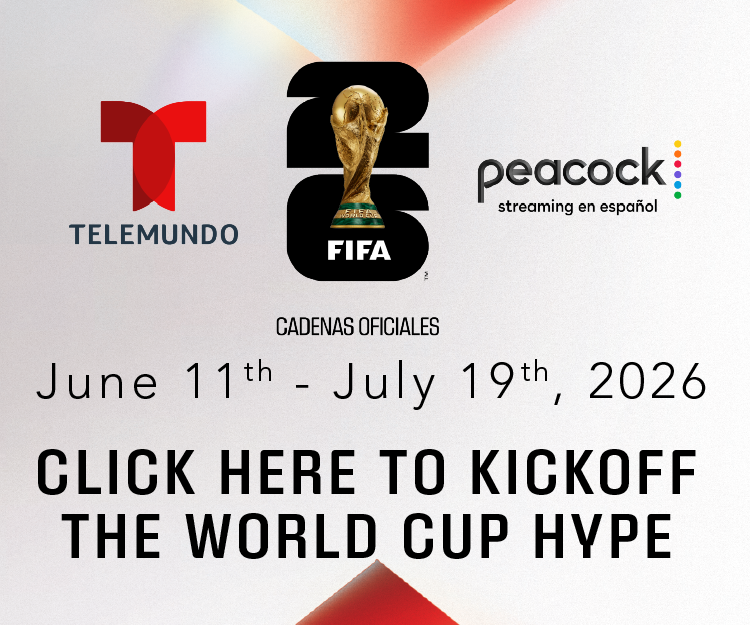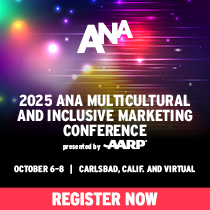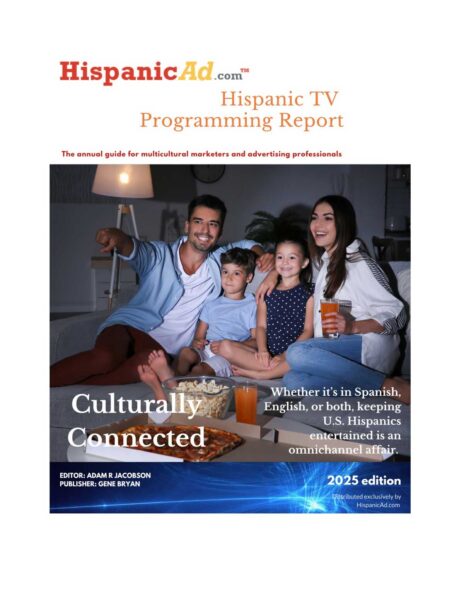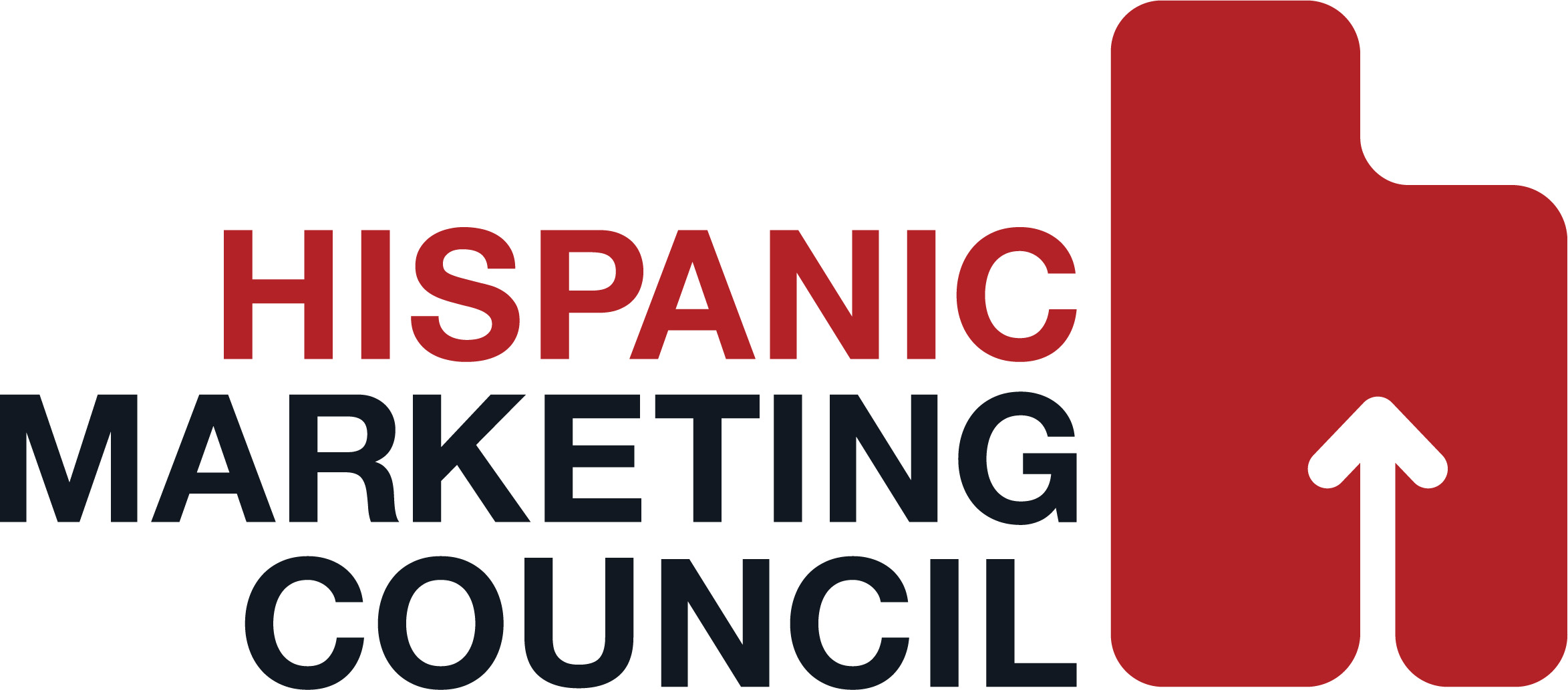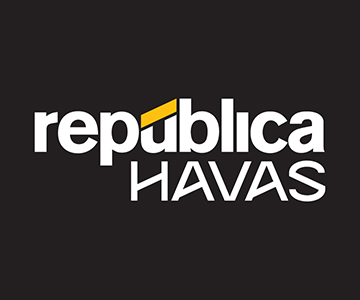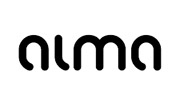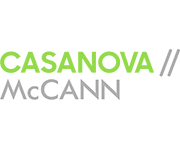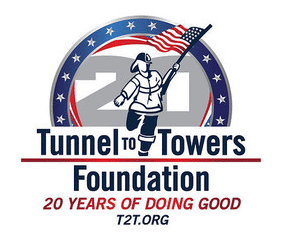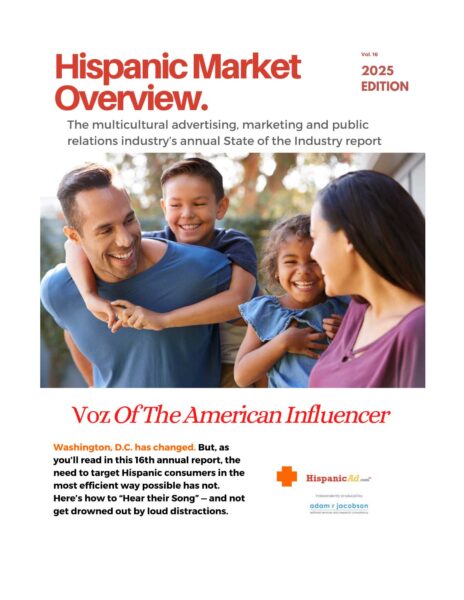Marketing
Communications VS Public Relations

People often think communications and public relations are the same thing or, worse, that they are “easy” to do. Until it is time to do the work. reality is comms and PR are related, but they are not the same. And professionals in this field know just how much strategy, precision, and emotional intelligence sit behind what the public sees. By Tracy Schaller - Strategic Brand & Communication Leader
A Latino Heisman Isn’t Just a Football Story — It’s an American One

This year’s Heisman conversation is about more than highlight reels, quarterback efficiency ratings, or who can win one more game under the brightest lights. The rise of Vanderbilt’s Diego Pavia and Indiana’s Fernando Mendoza — two Latino quarterbacks leading the sport’s most prestigious award race — reflects something deeper: the evolution of America itself. By Gabriela Alcantara-Diaz - Founder, President / SEMILLA Multicultural, Inc.
The ‘attention equation’: Winning the right battles for consumer attention. [REPORT]

Anyone who has spent too much of an evening trying to choose between entertainment options or ping-ponging back and forth between their TV screen and their phone while attempting to watch a new show or movie knows how many different forms of media are fighting for their attention.
No surprise that 2026 is shaping up to be another ‘more with less’ year.

No surprise that 2026 is shaping up to be another 'more with less' year. But the eye-opening stat from the WARC team's latest Voice of the Marketer report is that Marketing budgets are lagging business sentiment. By David Tiltman - Chief Content Officer, WARC; SVP Content, LIONS Intelligence
Brand is not a Cost Center. Brand is the engine.

Marketing is the toughest role in any organization. My opinion, but I live it. Here’s why. By Jennifer Cooper - Chief Marketing Officer | Strategic Partner to CEO’s and COO’s
Latinos are Rethinking Holiday Traditions and Travel Plans Amid Rising Costs
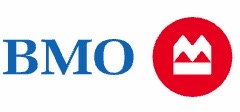
New data from the BMO Real Financial Progress Index finds Latinos in the U.S. will spend an average of almost $650 more this holiday season than in 2024. On average, U.S. Latinos expect to spend nearly $2,700, a 30% increase from last year, despite many reporting cutting back in key categories such as travel, decorating and entertaining due to rising cost of living concerns.
Omnicom cuts 4,000 jobs, shut several agencies after IPG takeover including OMD Multicultural Division

According to industry sources, the merger Omnicom and Interpublic Group is complete. Mayor layoffs have occurred and the OMD Multicultural Division led by Mike Roca has been casualty.
Against Authenticity: The Marketing Trope Has Run Its Course

Authenticity has become such a hollow marketing virtue that whenever I see another brand trot out an “authentic Latino story,” I roll my eyes hard enough to hit a 7-10 split. By Carlos Aguilar
Co-Branding in Sponsorships: Why Gen Z Doesn’t Trust Your Logo—They Trust Your Values

I've been thinking a lot about why some brand partnerships resonate with younger audiences while others fall flat. By Leopoldo Garcia
90% of CEOs can’t explain their strategy in 1 sentence.

90% of CEOs can't explain their strategy in 1 sentence. The other 10% own their markets. Which are you? By Eric PartakerEric Partaker - The CEO Coach
What people think a CMO does?“

What people think a CMO does? “ Approve pretty campaigns." .... Cute. But completely disconnected from reality. By Raquel Alonso - Fractional CMO - Equanima
2025 Hispanic Market Thought Leaders – Available for DOWNLOAD for FREE

HispanicAd offers its annual report on key industry trends and honors the Top Marketing Executives with US Hispanic & Multicultural area. This report offers an depth analysis of the executives and their companies setting the standard of excellence for the US Hispanic Marketing industry.
2025 Hispanic Content Report – Available for download for FREE
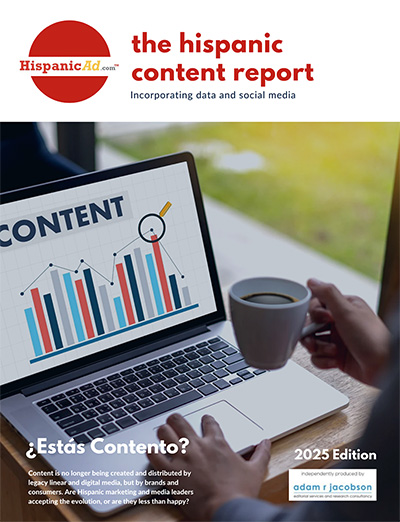
HispanicAd offers its annual report on key Content, Data & Social usage strategies, along with the importance of using Data strategies to engage the US Hispanic Consumer.
The HMC 2025 Hispanic Market Guide challenges marketers to follow the growth and prioritize cultural COMPETENCY for brand success [DOWNLOAD for FREE]

The Hispanic Marketing Council (HMC) has released its highly anticipated 2025 Hispanic Market Guide as a roadmap to help marketers effectively and authentically connect with the top U.S. growth market: Latinos. The guide features business-building cultural insights, economic and sector data plus reports on media consumption, purchase behavior and Hispanic creativity.
2025 Hispanic Market Overview Report – DOWNLOAD for FREE
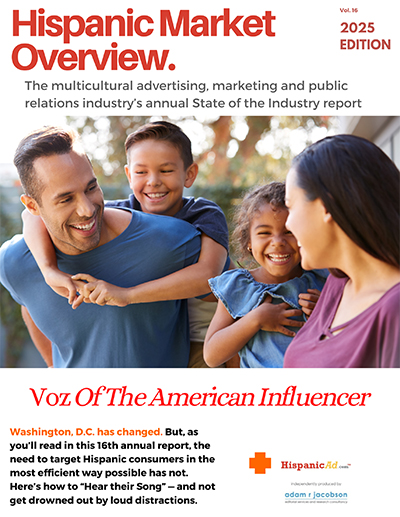
HispanicAd in association with Adam R Jacobson are proud to announce the availability of the 2025 Hispanic Market Overview – titled “VOZ of The American Influencer”
When Every Voice Counts Every Brand Wins [New #SeeALL Video]
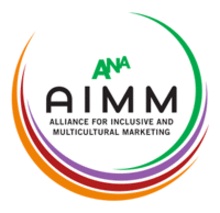
Today’s consumers are multidimensional, layered with stories, culture, and lived experience. When brands see people fully, not as fragments but as whole human beings, something powerful happens.
Clients, Agencies & Good Manners

A surprising thing happened... As I left my local Starbucks and began to open the door, another customer approached from outside. I held the door open for them, as my mother taught me long ago. And then the surprise occurred: She smiled and thanked me. I’ve been thinking about this for days. By Steve Boehler
65% of CMOs Say Advances in AI Will Dramatically Change Their Role in the Next Two Years

Success in this new era requires CMOs to set clear strategic direction, adapt to AI-driven customer journeys, and focus on creating authentic, differentiated value. The CMO role is evolving from influencer to designer of business impact.
Creator Economy Ad Spend to Reach $37 Billion in 2025, Growing 4x Faster than Total Media Industry,

The Interactive Advertising Bureau (IAB) released its 2025 Creator Economy Ad Spend & Strategy Report, revealing a surge in U.S. creator economy investment that is reshaping modern media strategies.
Why strategy matters more than tools for measurement in marketing

The marketing ecosystem continues to expand, offering an ever-growing set of tools, data sources, and analytics platforms designed to connect investments to measurable outcomes. Organisations are investing in these capabilities with the goal of improving transparency, comparability and consistency in how performance is assessed.




